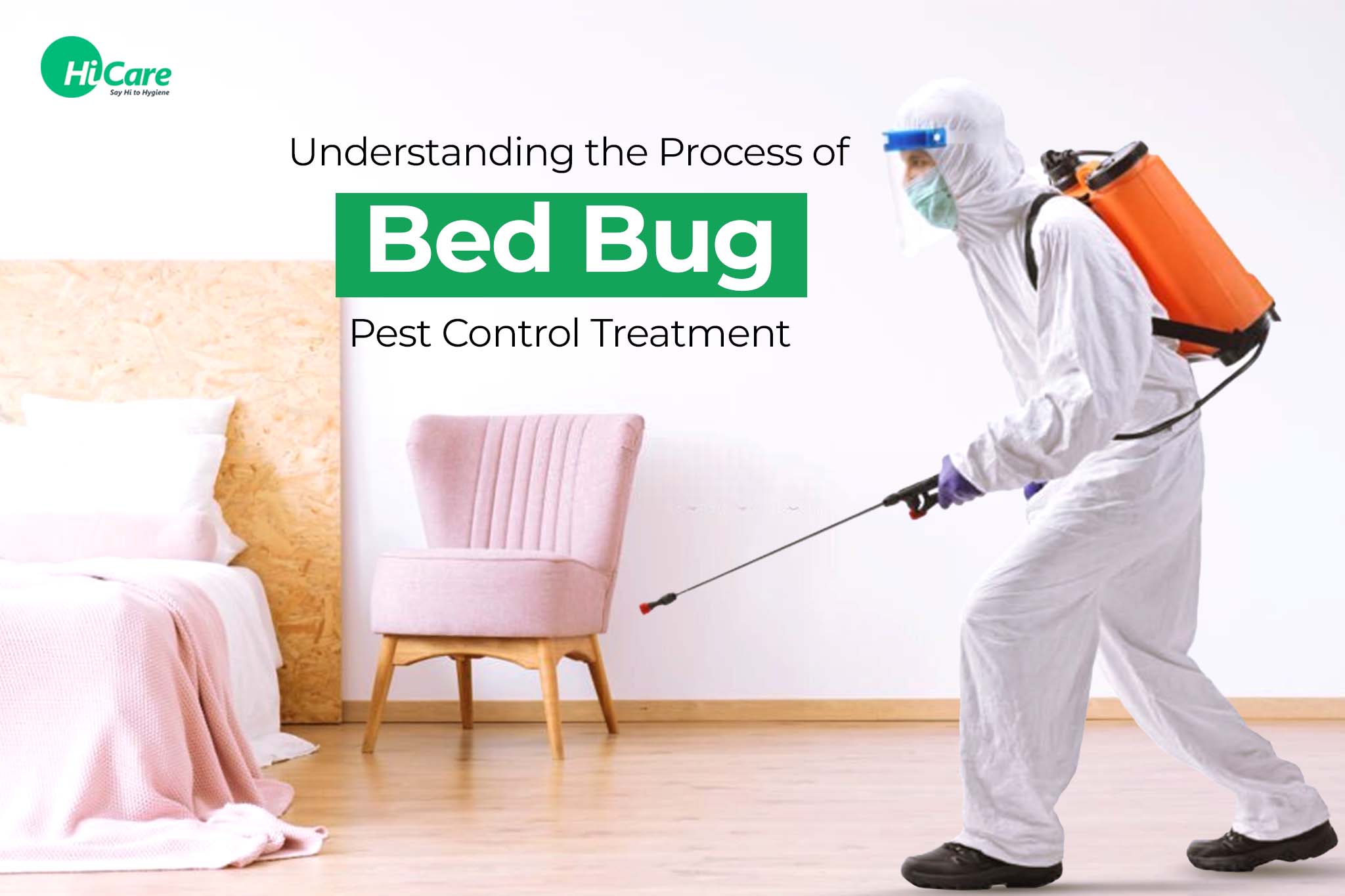Leading A1 Bed Bug Treatment in Houston - Quick and Affordable
Leading A1 Bed Bug Treatment in Houston - Quick and Affordable
Blog Article
Recognizing the Lifecycle of Parasites for Targeted Control Methods
Comprehending the lifecycle of insects is a basic aspect of effective bug monitoring methods. By understanding the various stages of development that pests undergo, an extra targeted and precise technique can be embraced to manage their populations. This expertise not only clarifies the susceptabilities within the insect lifecycle however likewise leads the way for implementing calculated steps that can disrupt their growth and reproduction cycles. Through a much deeper understanding of how pests advance and thrive, customized control techniques can be designed to address particular factors in their lifecycle, eventually causing more successful parasite monitoring outcomes.
Value of Comprehending Pest Lifecycle
Comprehending the lifecycle of pests is vital for creating effective and targeted control approaches in parasite management. By understanding the numerous stages an insect experiences from egg to grownup, parasite control professionals can determine weak spots in the lifecycle where treatment can be most successful. For instance, knowing when larvae are most active can assist establish the optimal timing for applying larvicides. Furthermore, recognizing the lifespan of a parasite species can aid in anticipating population growth patterns and possible invasion threats.
Moreover, identifying the details ecological problems necessary for each and every stage of the parasite's lifecycle can lead decisions on habitat modification or exemption techniques to interfere with the lifecycle and minimize parasite populaces. This expertise enables pest administration experts to carry out aggressive procedures as opposed to counting exclusively on reactive therapies, leading to more sustainable and long-term bug control options. Eventually, a thorough understanding of pest lifecycles encourages parasite control practitioners to customize their techniques successfully, taking full advantage of and minimizing ecological influences control end results.
Secret Stages in Pest Development
To properly implement targeted control strategies in parasite monitoring, a crucial aspect hinges on thoroughly determining and recognizing the essential stages in insect development. Insect development usually contains numerous key stages that are vital for their lifecycle and management. The initial stage is the egg stage, where pests lay eggs that later on hatch right into larvae. Larvae after that proceed right into pupae, a stage where they undertake transformation before arising as adult insects. Recognizing these phases is essential as it aids in pinpointing weak spots in the lifecycle where control measures can be most efficient.

Vulnerabilities in Parasite Lifecycle
Throughout the various phases of a parasite's lifecycle, unique vulnerabilities emerge that can be tactically targeted for effective control procedures (A1 bed bug removal houston). One crucial susceptability exists in the egg stage, where insects are often extra susceptible to particular insecticides or biological control representatives due to their soft outer covering, making them much easier targets for intervention. Recognizing these susceptabilities in the bug lifecycle is necessary for creating specific and effective control approaches that effectively take care of parasite populations while minimizing environmental impact.
Carrying Out Targeted Control Steps

Carrying out targeted control actions usually entails a multi-faceted method. This might include habitat alteration to make the environment less congenial to parasites, such as eliminating standing water for mosquito control or securing entrance factors for rats. In addition, organic control techniques can be utilized, where all-natural killers or pathogens are presented to maintain parasite populations in check.
Chemical control, such this contact form as the mindful application of pesticides, is another common approach. Nonetheless, it is important to utilize these compounds carefully to reduce ecological effect and prospective harm to non-target species. Integrated Bug Administration (IPM) methods that combine various control actions in a coordinated and lasting fashion are usually the most effective in accomplishing long-lasting parasite administration goals. By implementing targeted control measures based upon a comprehensive understanding of parasite lifecycles, parasite populaces can be effectively managed while lessening threats to human health and the setting.
Improved Bug Administration Practices

Furthermore, the unification of biological control agents, such as all-natural killers or virus of insects, can help reduce reliance on chemical pesticides and advertise a more balanced community. Executing physical obstacles and traps can additionally be component of improved bug administration methods, using safe and targeted solutions for insect control. In addition, using pheromones and various other semiochemicals can interrupt pest mating patterns and interaction, leading to reduced insect populations with time.
Final Thought
In conclusion, understanding the lifecycle of bugs is crucial for efficient bug administration techniques. By identifying essential phases in discover this insect advancement and susceptabilities in their lifecycle, targeted control actions can be applied to reduce insect populaces. Enhanced insect administration methods can aid lower the dependence on broad-spectrum chemicals and advertise even more investigate this site ecologically pleasant and lasting insect control techniques. This understanding plays an important function in keeping healthy and balanced environments and farming productivity.
Comprehending the lifecycle of parasites is crucial for creating reliable and targeted control approaches in bug management. By understanding the numerous stages an insect goes via from egg to adult, bug control professionals can recognize susceptible factors in the lifecycle where intervention can be most successful. Inevitably, a thorough understanding of pest lifecycles encourages parasite control experts to tailor their methods effectively, optimizing and decreasing environmental influences control end results.
By applying targeted control measures based on a comprehensive understanding of pest lifecycles, insect populaces can be effectively managed while reducing risks to human wellness and the environment.
By identifying key phases in insect development and susceptabilities in their lifecycle, targeted control actions can be applied to minimize parasite populations.
Report this page